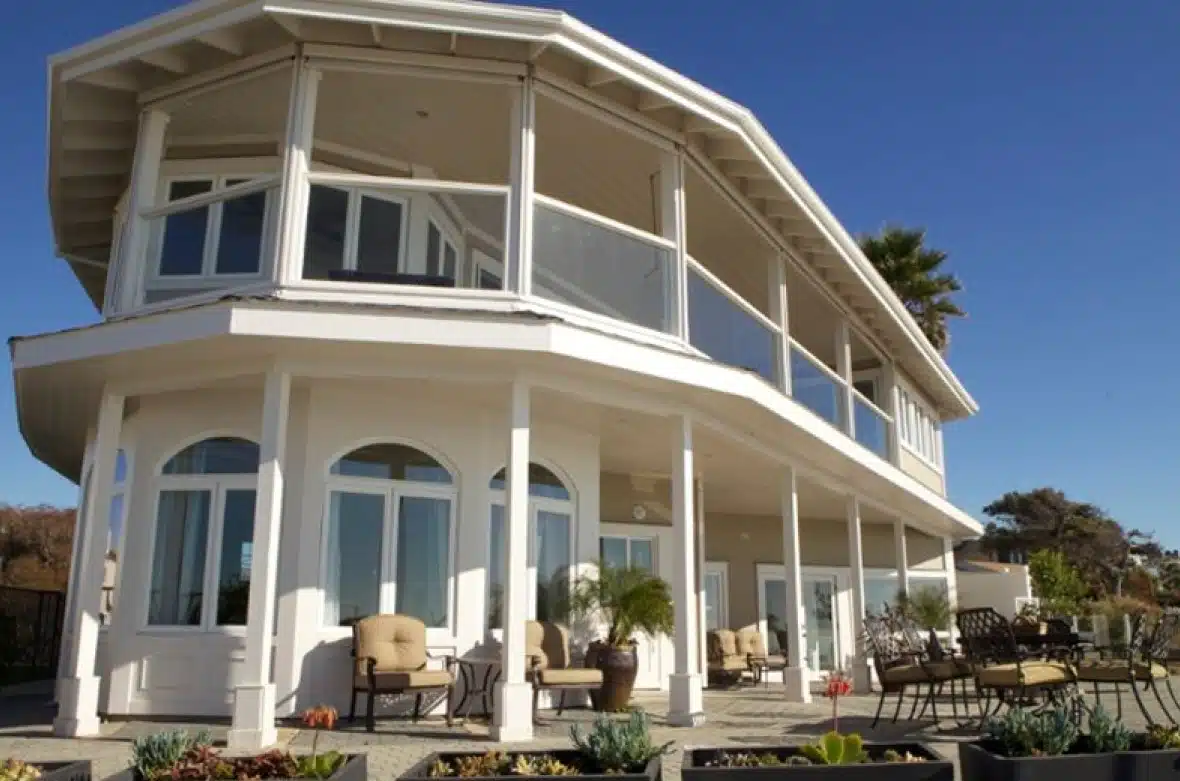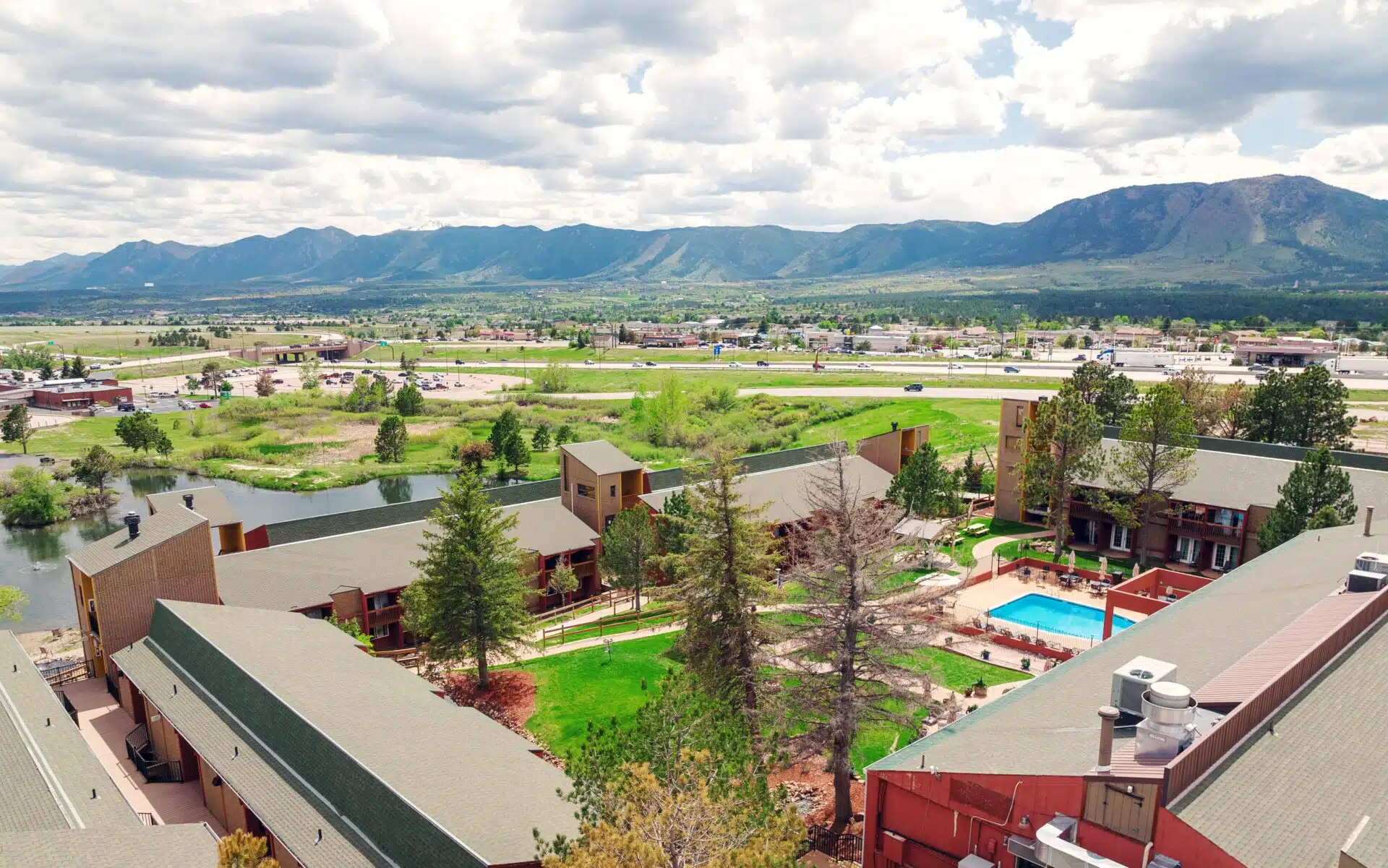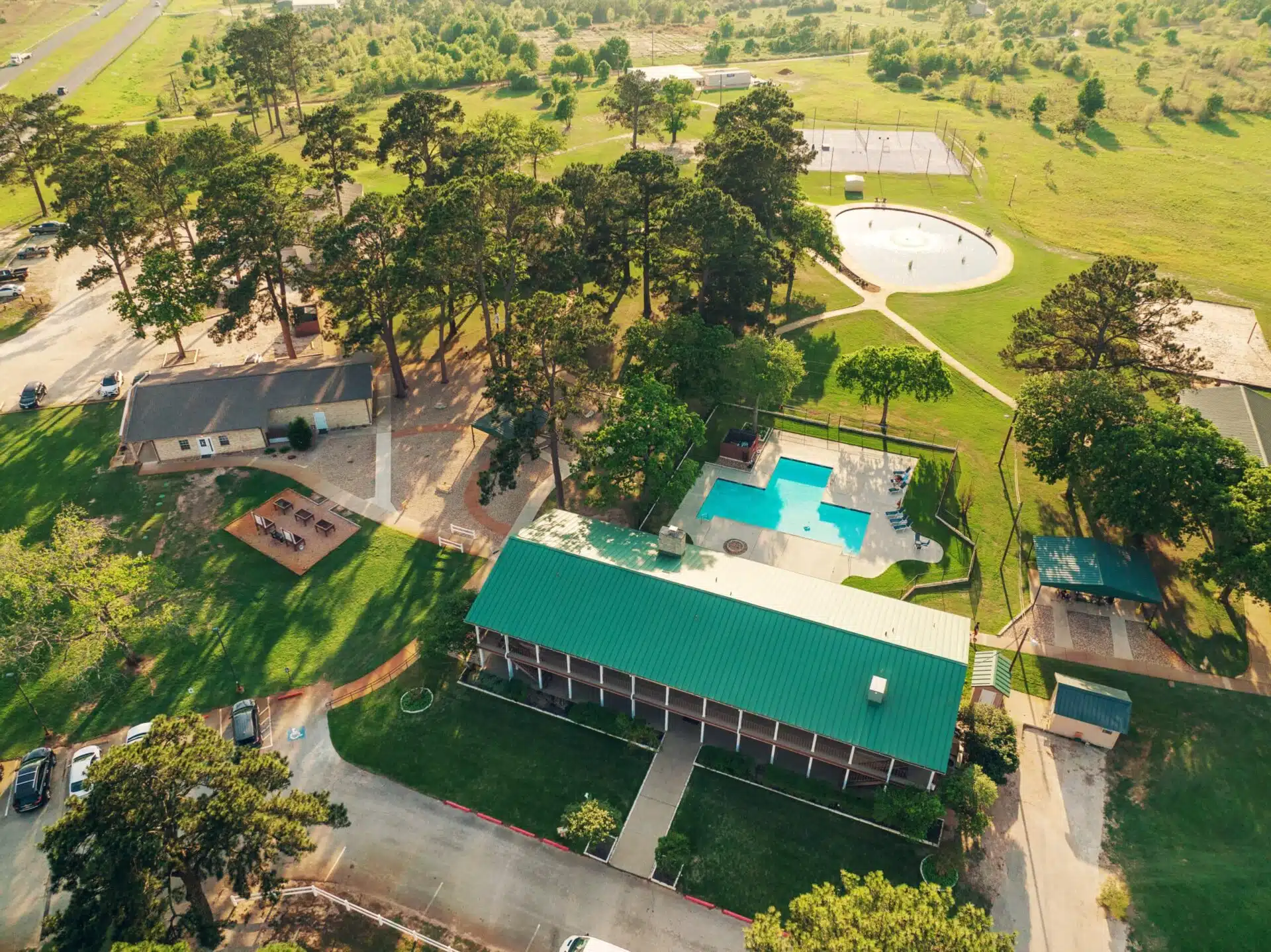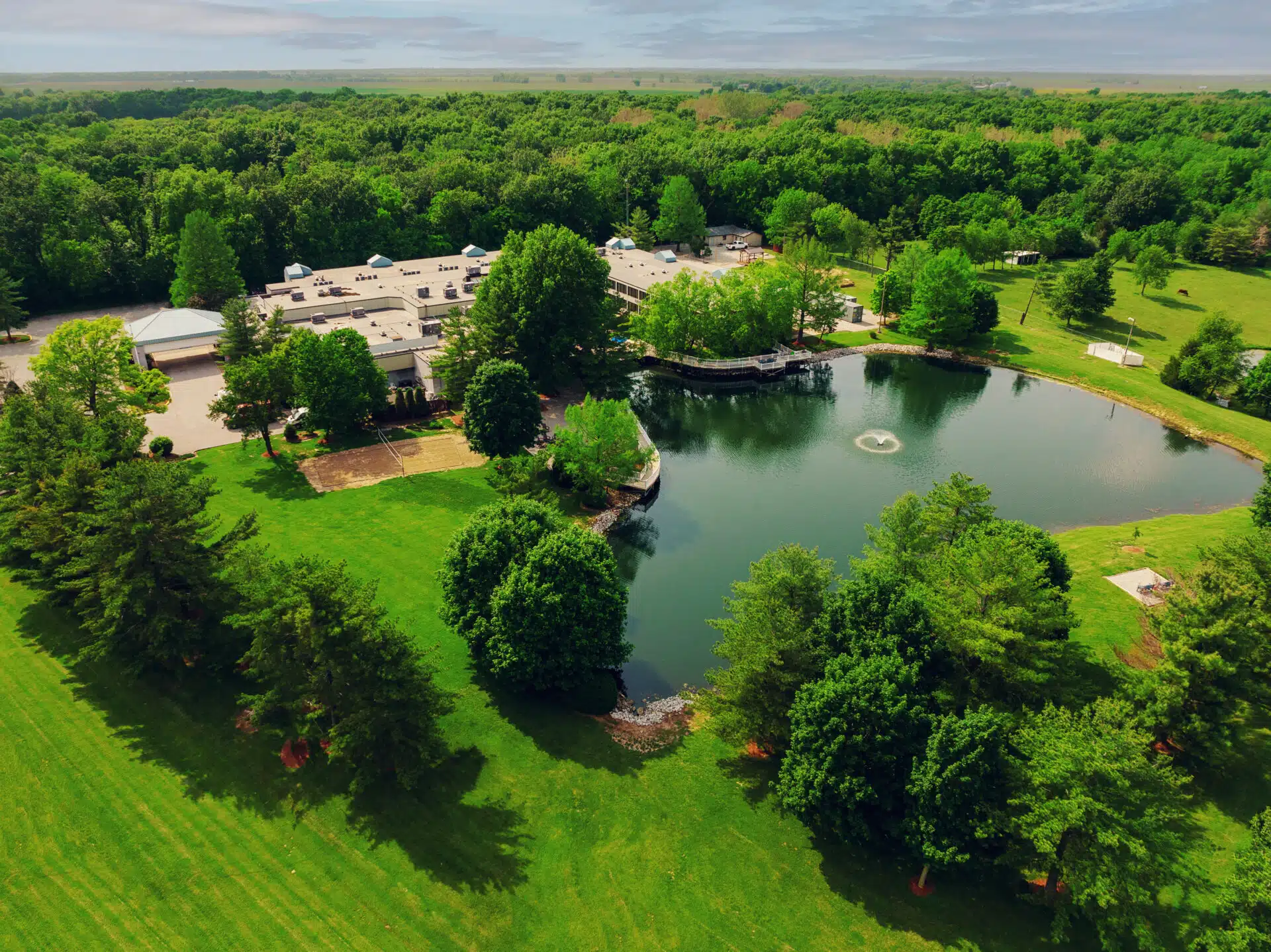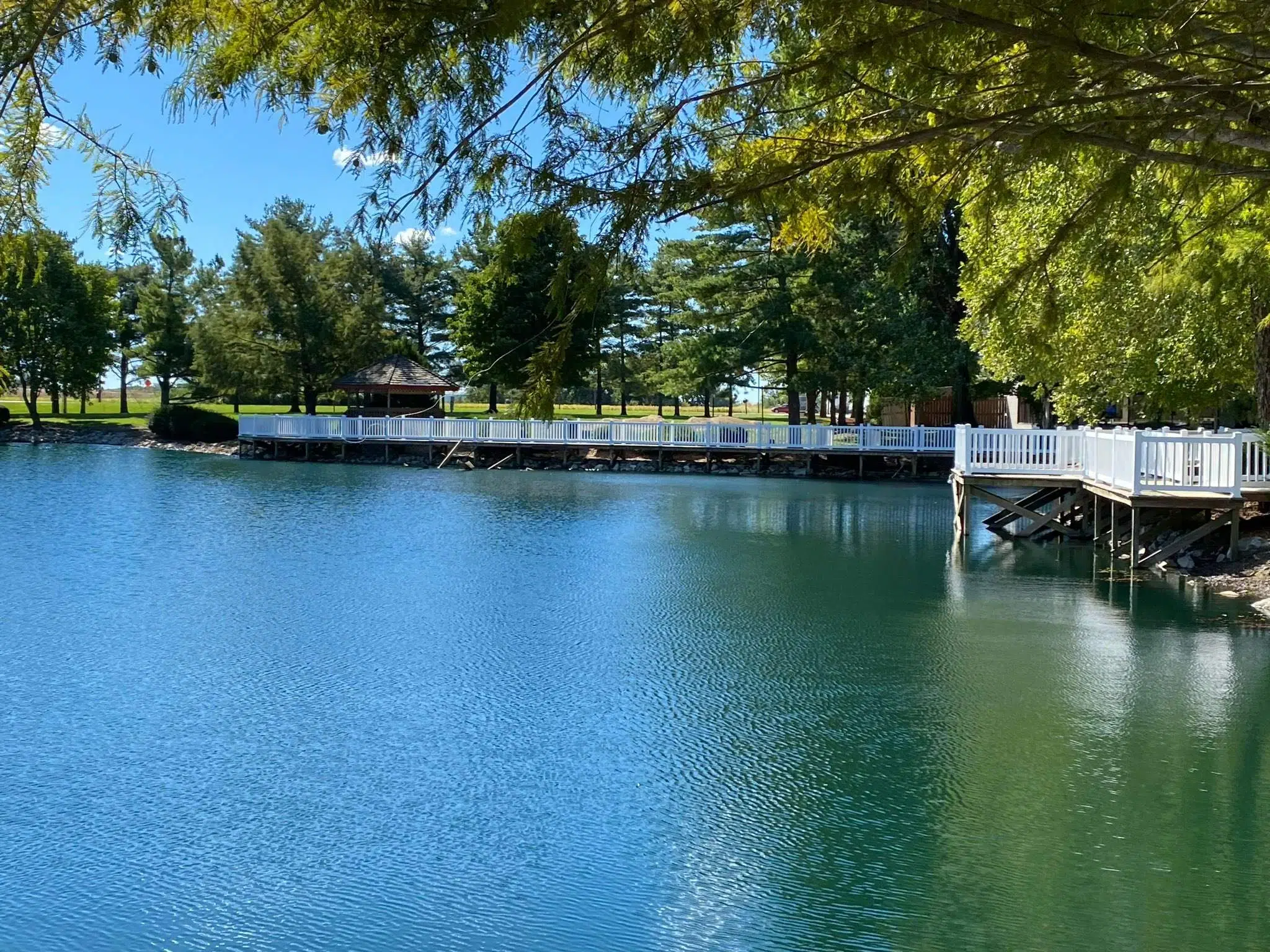
Lincoln Recovery - Raymond, Illinois
GET HONEST & ACCURATE QUOTE
2024 Best Rehab Centers in Joliet, Illinois
Lincoln Recovery - Upscale inpatient rehab facility with private rooms and 24/7 admissions team
- Private rooms
- Keep your phone and laptop
- Safe 24/7 monitored detox
- Non-12-Step options
- Dual diagnosis programs
- Thorough aftercare planning
Check your coverage and get informed on admission process! Call us at:
 555-555-5555*
555-555-5555*
*HIPPA Compliant and 100% confidential
MAXIMIZE YOUR INSURANCE COVERAGE WITH OUR HELP
We will work with insurance to get you the best possible coverage and minimize expenses.
Finding the best addiction rehab options in Joliet, Illinois, might seem easy until you get started. As with much of the country, there are many different treatment options for overcoming substance and alcohol abuse disorders. Because of this, finding the right fit for your needs is even more essential to ensure a healthy, happy recovery that lasts long-term.
Find Illinois Rehabs By City:
| Bloomington | Chicago | Peoria | Aurora |
| Evanston | Joliet | Naperville | Rockford |
| Elgin | Springfield | Champaign | Waukegan |
| Cicero | Schaumburg | Arlington Heights | St Louis |
Other states: Rehabs in Texas, Rehabs in California, Rehabs in Colorado
When looking for the best rehabs in Joliet, IL, it can be difficult to know how to choose. There are many factors that go into what makes a treatment facility a solid fit for you, including what matters to you in your recovery, the types of treatment options a program offers, the location, and whether or not you have treatment options to choose from. However, once you have a good idea of what you’re looking for, it can narrow down the search very quickly.
In an effort to get you started on your search more easily, we’ve compiled a list:
Lincoln Recovery
Lincoln Recovery – At Lincoln Recovery, the goal is to help all clients see that recovery is not only attainable, but it is also maintainable. With a combination of group and individual treatments, resort-like amenities, the ability to choose the treatments you want to try, and the chance to build a community of others going through recovery, too, clients find that they have the potential to overcome their addictions much more easily than if they tried it alone.
Stepping into the quiet retreat that is Lincoln Recovery is just the first step of enjoying this supportive, immersive recovery experience.
What Lincoln Recovery clients can expect:
- Stay in touch with loved ones from the beginning – No blackout period
- Large, quiet campus in Rural Illinois
- Restaurant-style meals and snacks – prepared by a chef
- Meditation Room
- Indoor pool
- Workout room
- Regularly scheduled outings and activities
- Private rooms and bathrooms
- On-site detox
- Partial hospitalization, Inpatient, and IOP treatment options
Lincoln Recovery might be just what you’re looking for ways to make long-term recovery from your addiction a reality.
- Address: 19067 W. Frontage Rd., Raymond, IL 62560
- Phone: 877-542-0678
Other Addiction Rehab Options
Even if you don’t find the best rehab in Joliet, IL, it’s important to know that there are many different types of addiction treatment programs across the country.
Chapters Capistrano
Are you in search of a luxury rehab center close to Las Flores? You’ll find a great facility in San Clemente, CA, called Chapters Capistrano. This center is known for its optimal patient-to-staff ratio, well-maintained facilities, and spectacular views of the Orange County coast.
Some of the other great features of Chapters Capistrano include:
- 24/7 medical assistance: The center prioritizes the safety of every patient. There is a designated medical staff so that patients will be healthy and their vitals are on-point as they stay in the rehab.
- Diverse treatment methods: From 12-Step to Non-12 Step rehab options, you can have a customized treatment plan that best fits your unique background and needs.
To know more about Chapters Capistrano, you may contact the following details:
Chapters Capistrano
- 1525 Buena Vista, San Clemente, CA 92672
- (877) 915-4139
- Chapterscapistrano.com
Monarch Shores
Another great rehab you can find in Orange County is Monarch Shores. This is a full-fledged center complete with detox, a treatment plan, and aftercare. It’s located in San Juan Capistrano, California, with a great view of the ocean. Monarch Shores is a highly-rated rehab with the following notable features:
- Technology-friendly: You don’t have to keep your phone, laptop, and other gadgets away. You can keep them while continuing to work or keeping in touch with loved ones during your stay in rehab.
- Empathetic staff: There’s no greater feeling than being listened to and people considering your needs. Monarch Shores are known for their kind and understanding staff.
To know more about Monarch Shores, please reach out to them with the following contact information:
- 27123 Calle Arroyo #2121, San Juan Capistrano, CA 92675
- (844) 893-3479
- Monarchshores.com
Mountain Springs Recovery
Mountain Springs Recovery is one of the best treatment centers near Boulder, CO. Located at a quiet, serene spot in Colorado Springs. This addiction treatment center has beautiful facilities and specialists who provide personalized care.
As a full-fledged center, Mountain Springs Recovery cares for every aspect of substance use disorder, starting with detox treatment and aftercare. Patients choose this center because of its great features, including:
- Technology access: You don’t have to give up your cell phone, laptop, and other gadgets. There’s access to WiFi for you to complete tasks or stay in touch with loved ones.
- Treatment options: From 12-Step to Non-12 Step, there are many treatment options, depending on your unique background and preferences.
- 24/7 care: Most people need round-the-clock care to manage withdrawal symptoms during the first few weeks of detox. Mountain Springs has 24/7 medical care, keeping patients safe and comfortable.
- Top facilities: Clean rooms, beautiful views, and access to recreational facilities make the treatment center an excellent choice for people seeking the best value for their resources.
For more about Mountain Springs Recovery, please contact the contact details below.
Phone: 888-383-0628
Address: 1865 Woodmoor Dr, Monument, CO 80132
Website: https://mountainspringsrecovery.com
Willow Springs Recovery
Willow Springs Recovery – Willow Springs Recovery is one of the premier rehab options in Dallas, Texas, and for a good reason. The sprawling 38-acre campus offers plenty of room to explore, enjoy activities and relax. Some clients say they are staying at a resort while working on their addiction recovery at Willow Springs, which is precisely how they are supposed to feel. This top-of-the-line facility encourages clients to make the most of the quiet, dig in, and enjoy all that recovery has to offer. In addition, an on-site detox ensures that clients get the best care – from intake to completion – so they can enjoy a successful recovery journey.
What you’ll find:
- Keep your phone and computer
- Pool, gym, and recreational activities
- Off-campus outings
- Healthy, chef-prepared meals
- Special dietary food preparation
- Individualized treatment plans to meet client needs
- Wide variety of treatment options
- Highly trained staff
Willow Springs Recovery believes that treatment should be enjoyable and that transitioning from active addiction to recovery should be smooth and gentle. You want to keep seeing the changes and beauty of living clean and sober every day.
Why not get started looking for a program that works for you? Isn’t it time to begin living the amazing life you were meant to live?
Medical disclaimer:
Sunshine Behavioral Health strives to help people who are facing substance abuse, addiction, mental health disorders, or a combination of these conditions. It does this by providing compassionate care and evidence-based content that addresses health, treatment, and recovery.
Licensed medical professionals review material we publish on our site. The material is not a substitute for qualified medical diagnoses, treatment, or advice. It should not be used to replace the suggestions of your personal physician or other health care professionals.
